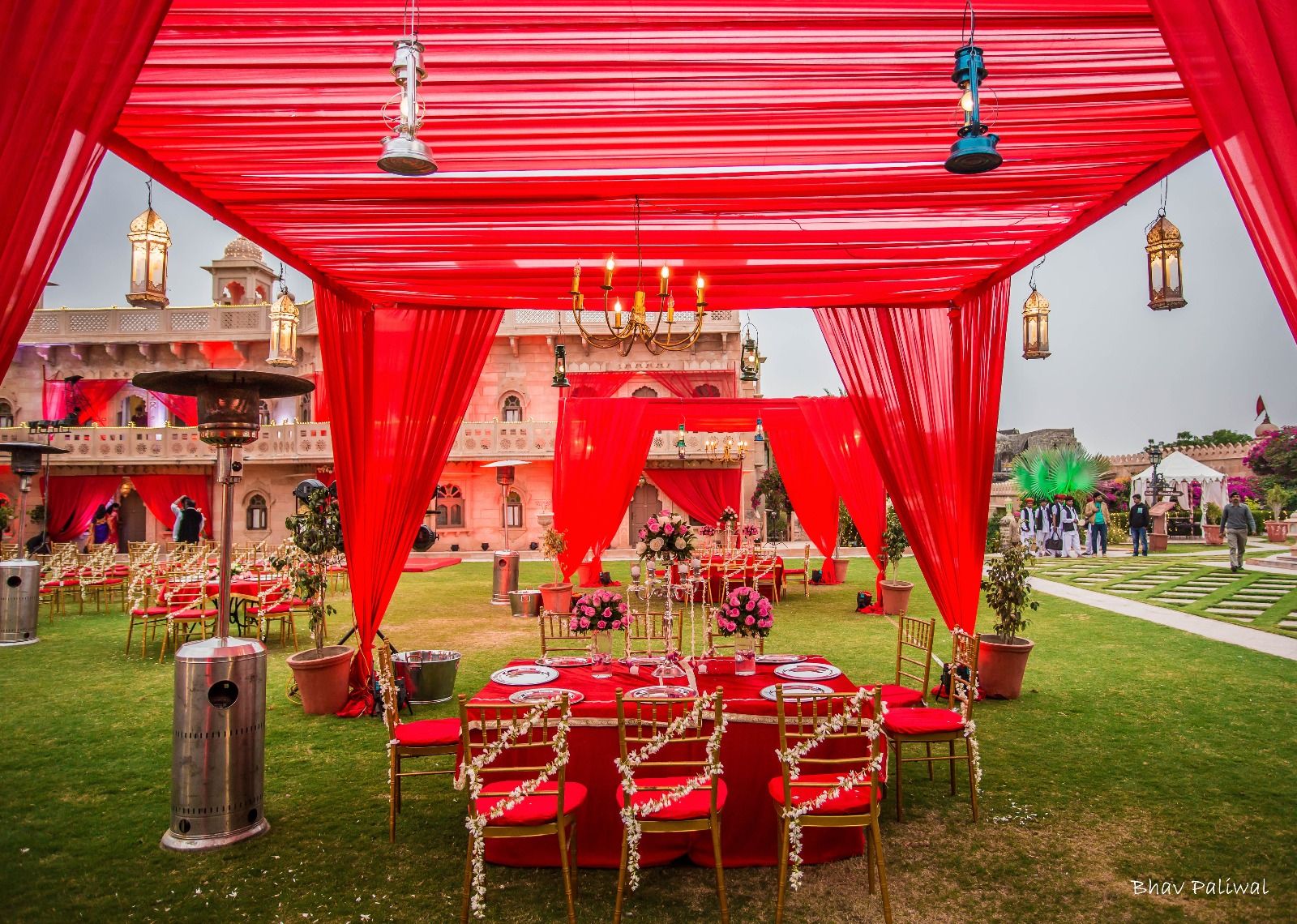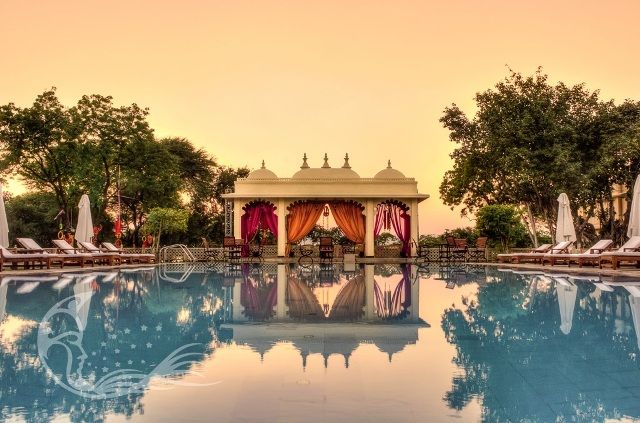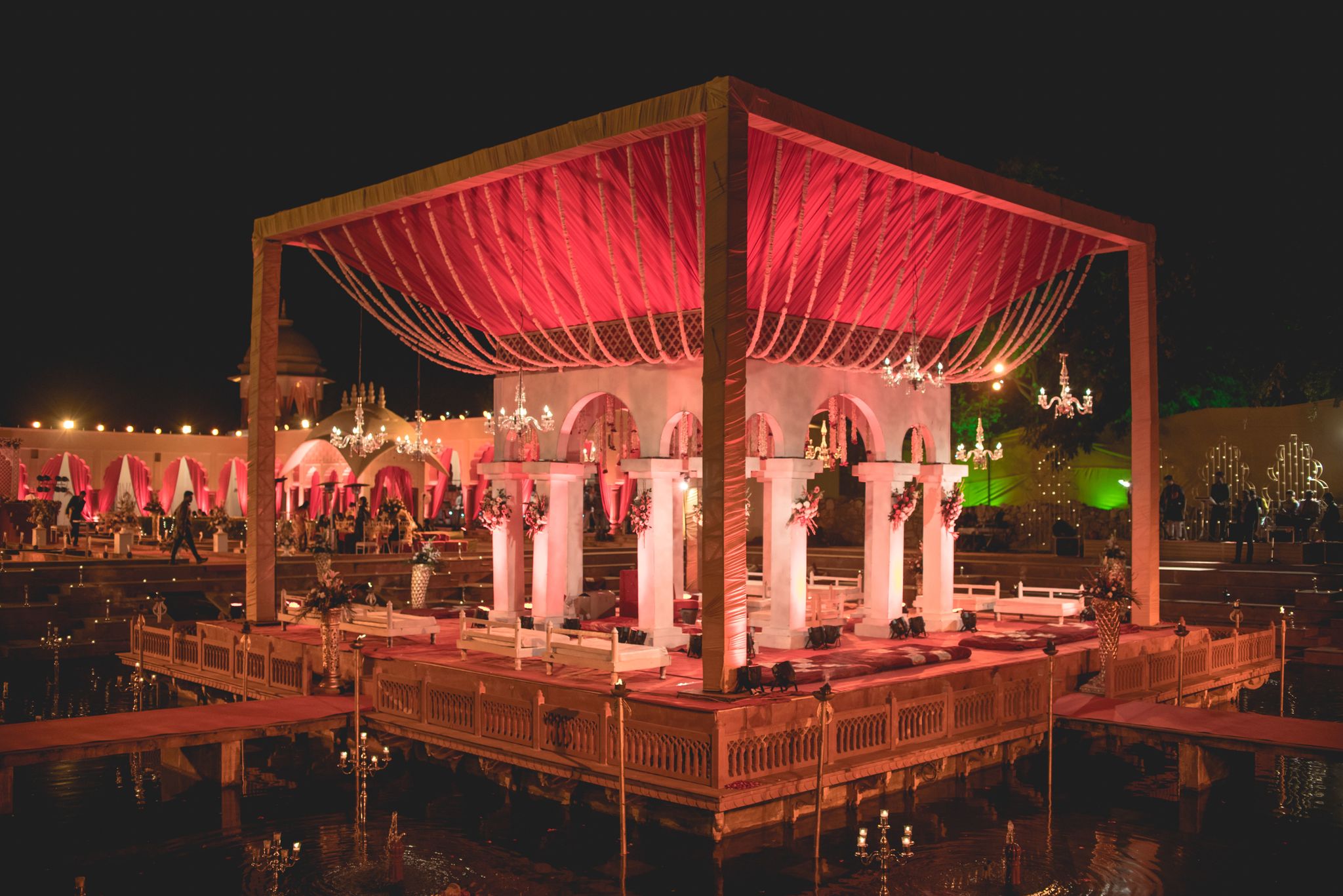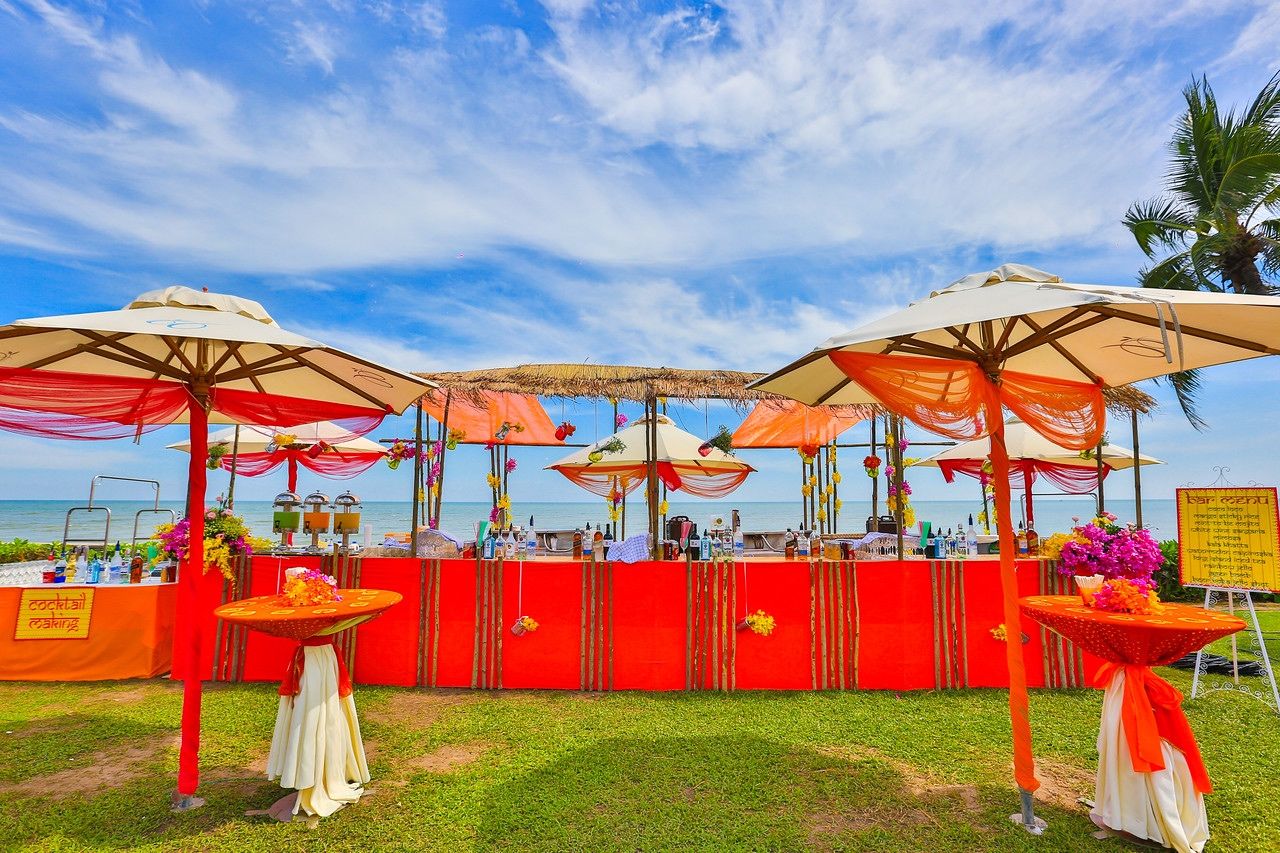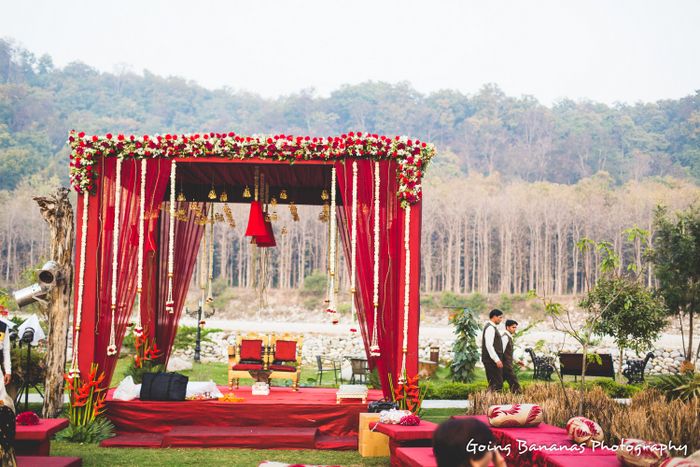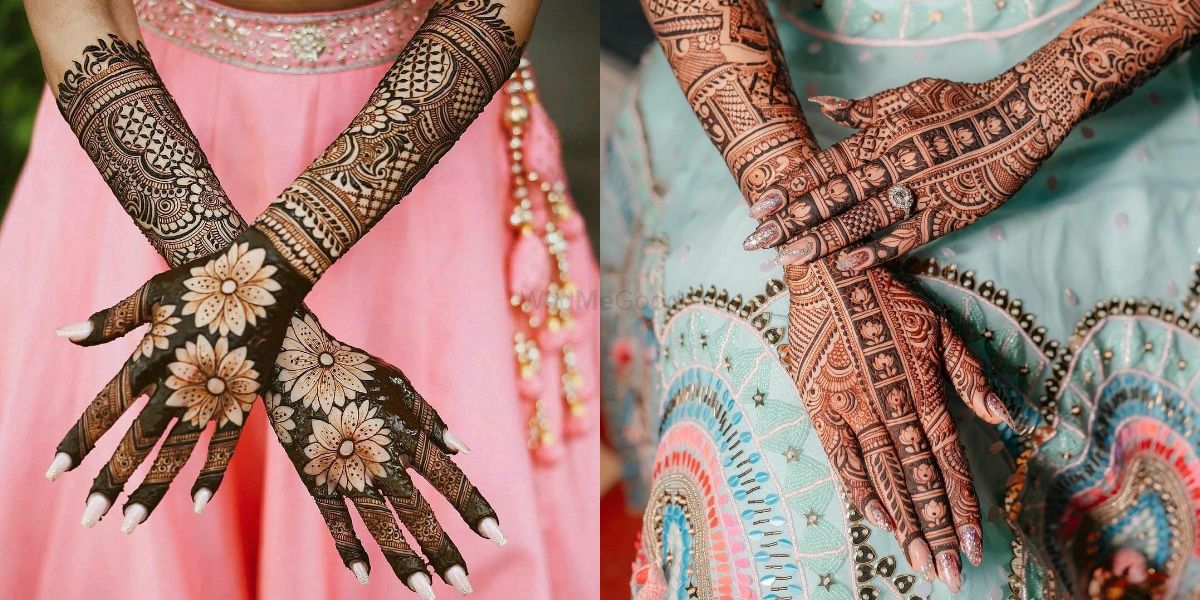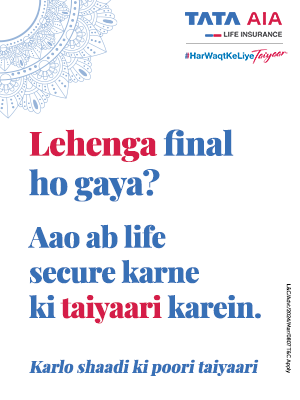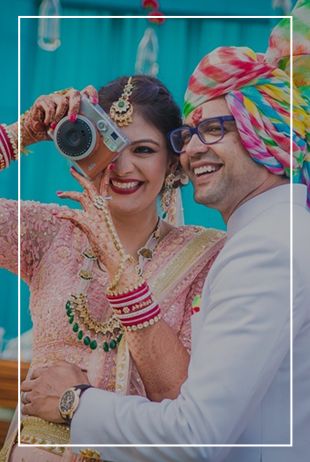The 5 Best Indian Heirloom Saree Weaves
BY Sakshi | 24 Aug, 2021 | 12506 views | 4 min read
If there's one small thing that unites all of India together, it has to be the humble saree. The drape and length may change from state to state and from North to South and East to the West, but a saree is popular since time immemorial in every part of the country. It is the signature attire of the country, the essence of being Indian. It is our cultural icon and a treasured heirloom in most families. A saree is handed down as an emotional treasure connecting various generations. Here is a chest of legacy handlooms with their respective places of origin and uniqueness, picked out by the connoisseurs at Kanchi Kamakshi Silks.

Image via The Wedding Salad
These are 5 must-have heirloom sarees in every wardrobe, which are great for just about any big occasion.
Banarasi Saree

Handcrafted in Varanasi, Banarasi sarees stand out thanks to their characteristic opulence and rich weave. Originally crafted for royalty, the sarees were handcrafted with real gold and silver threads. Characterised by their Mughal-inspired motifs, Banarasi sarees currently showcase a mix of Persian design and Indian artistic culture. An ideal Banarasi saree consists of about 5,600 thread wires, with each wire being 45-inches wide. It looks luminous and magnificient, and that's what makes it a great bridal saree.
Kanchipuram Saree

Handcrafted in Tamil Nadu’s Kanchipuram, Kanjeevaram silks are known as the ‘Queen of Silks’ and the fabric is revered as the ‘Weave of the Gods’. The weavers are believed to be descendants of Sage Markanda who supposedly wove fabrics for the Gods themselves. What makes Kanjeevaram silk sarees stand out is their wide contrast borders and heavy weaves. Handwoven with pure mulberry silk and zari, the designs are generally inspired by images and scriptures, of South Indian temples, or natural features like leaves, birds and animals. GI tagged in 2006, Kanjeevaram sarees are artistic masterpieces and treasured family heirlooms. These silk sarees have evolved into a must-wear traditional attire for women at weddings, festivals and other ceremonies, and they sure do look like a million bucks!
Paithani Saree

Handcrafted in Paithan in Maharashtra, these sarees are revered as ‘handwoven poems in gold and silk’ in the Maharashtrian culture. No two Paithanis can be the same due to the manual nature of the weaving process, there will always be a slight difference. This makes every saree unique. A Paithani saree is exceptional in the sense that they look exactly alike on both sides. Among all the varieties available, the kaleidoscope coloured ones stand out because of their varying shades in a single piece. This effect is achieved by using different weaves along the length and width. The Paithani saree is characterised by an oblique and square design on the borders and the designs on the pallu are inspired by the Ajanta Caves. They are also often studded with peacock motifs and wedding scenes.
Baluchari Saree

Handcrafted in Bishnupur village, Bankura District in West Bengal, Baluchari sarees often have depictions from scenes of Mahabharat and Ramayana. This weaving style was brought by the Nawab of Bengal, Murshid Quli Khan, from Dhaka to Baluchar village in the eighteenth century. What makes Baluchari sarees special is their light texture which comes from the pure Tussar silk used. During the Mughal and British eras, Baluchari sarees had a square design in the pallu with paisley motifs in them and depicted scenes from the lives of the Nawab of Bengal. Baluchari sarees were GI tagged in 2012, and it has rich and unique variants that still continue to be popular to this day.
Patan Patola Saree

Handcrafted in Patan in Gujarat, the Patan Patola sarees have been referred to in the Kalpasutra, a 2,000-year-old Jain holy book, and have even been depicted in the carvings found at the Ajanta Caves. The Patola is considered the ‘ultimate manifestation of weaving perfection’ because even one thread out of sync can result in a deformed pattern. What makes Patan Patola sarees special is that they are reversible and look the same on both sides. The saree weave used is double ikat; combining the techniques of tying, dyeing and weaving. It requires mathematical precision, vivid imagination, patience and total focus and that is why each creation is a result of a complex and time-intensive process. Patola sarees have been protected by a GI tag since 2013, and they do really look unique and gorgeous!
It's great to know these little facts about your fave saree right? Makes them all the more special! Shop all these heirloom weaves of India and more at Kanchi Kamakshi Silks.

